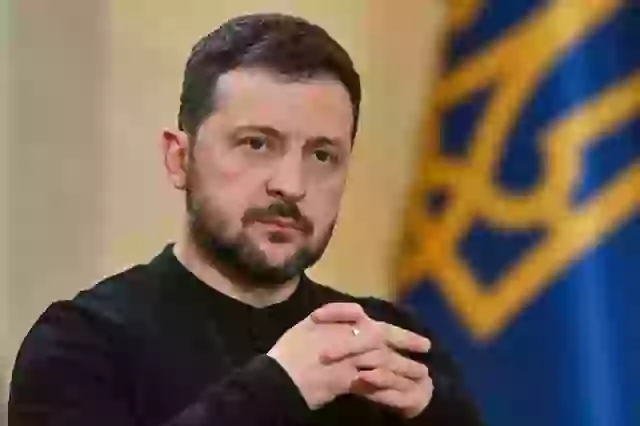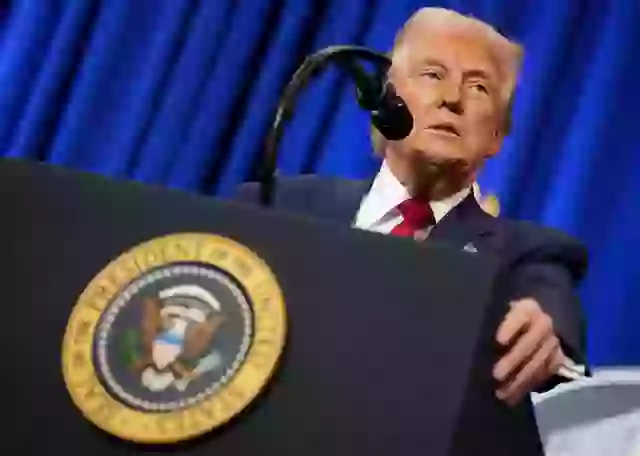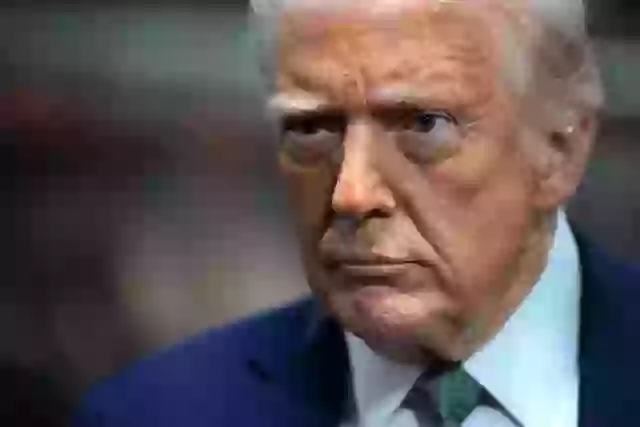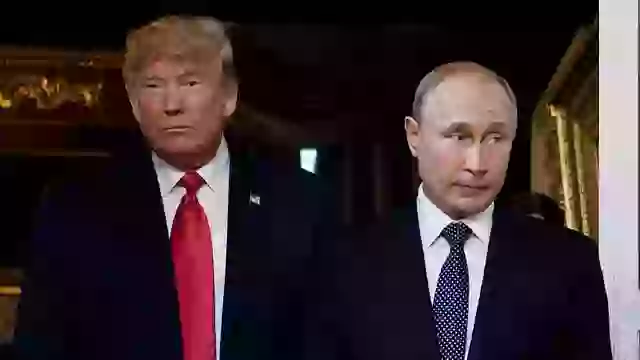While recent discussions between Ukrainian President Volodymyr Zelenskyy, former U.S. President Donald Trump, and Russian leader Vladimir Putin hint at potential progress toward peace, European defense officials are quietly bracing for scenarios once considered unthinkable.
A tentative agreement between Zelenskyy and Putin has offered a glimmer of hope, promising a partial ceasefire amid the ongoing violence. Despite optimism from diplomatic quarters, uncertainty remains thick. No one yet knows precisely when this ceasefire might start, nor what critical infrastructure—such as power plants, railways, or ports—would actually be protected.

Trump, who facilitated these delicate conversations, had initially pressed for a comprehensive 30-day ceasefire. Yet Putin, characteristically cautious, consented only to a limited agreement, focusing solely on energy infrastructure. This limited arrangement left Ukrainian officials understandably wary, still longing for broader protections against relentless Russian drone strikes and missile attacks.
Amid negotiations, an unusual proposal emerged from Trump. According to official statements from Secretary of State Marco Rubio and national security adviser Mike Waltz, Trump suggested that American management and oversight of Ukrainian power plants could help safeguard them from future harm. Trump’s offer was framed as beneficial, utilizing America’s renowned expertise in electricity management.
This proposal was intertwined with broader U.S. interests—namely securing access to Ukraine’s rich mineral resources. Critics and analysts have already raised eyebrows at such a strategic trade-off, pointing out that American involvement in Ukrainian infrastructure could have far-reaching geopolitical implications.

President Zelenskyy, however, clarified that discussions were primarily concerned with the Zaporizhzhia nuclear power facility, Europe’s largest nuclear plant, now under Russian occupation. The volatile security status of this facility remains a high-stakes concern for Ukraine and the wider European community.
Despite these tentative diplomatic advances, military aggression continues on both sides. Russia maintains its drone assaults across Ukraine, while Ukrainian forces retaliate against Russian military assets. The road to sustained peace, it seems, remains rocky and perilous.
Representatives from the United States, Russia, and Ukraine are scheduled to convene in Jeddah, Saudi Arabia, on Sunday, March 23, attempting to finalize details. Nevertheless, many observers remain skeptical about swift resolutions, given the complex dynamics and deep mistrust among the involved parties.
Behind closed doors in European capitals, however, a darker scenario is quietly being assessed. According to recent intelligence assessments, defense strategists have begun planning for the worst-case outcome: a scenario where Russia, emboldened by even minor territorial successes in Ukraine, rebuilds its depleted military capacity and becomes a direct threat to Europe itself.
European strategists, notably the Danish Defense Intelligence Service (DDIS), outlined chilling potential scenarios. Should hostilities in Ukraine end prematurely—perhaps due to a compromised peace deal that favors Russian interests—Russia might rapidly rebuild its military power. According to these analyses, Russia could feasibly threaten smaller bordering countries within six months after a ceasefire.

Within two years, the DDIS suggests, Russia could escalate to a regional war in the strategically vital Baltic Sea area, directly threatening NATO members such as Estonia, Latvia, and Lithuania. Most disturbingly, within five years, the intelligence agency warns of the possibility of a full-scale Russian offensive targeting broader parts of Europe, particularly if the United States either lacks the willingness or the capability to intervene militarily.
Notably absent from the DDIS assessment is the potential strengthening of NATO’s defensive and deterrent capabilities in response to Russian aggression. Yet, defense officials stress the severity of Russia’s potential threat increases dramatically if Moscow perceives NATO as divided, weakened, or reluctant to act decisively.
“Russia is significantly more likely to use military force in a regional conflict with European NATO nations if it senses NATO is politically fragmented or militarily weakened,” the DDIS report warns explicitly. This perception of vulnerability might tempt Putin’s regime into further aggression, testing Europe’s cohesion and defensive preparedness.
The prospect of American disengagement from European security concerns heightens anxiety among European defense circles. Should the U.S. signal reluctance or inability to decisively back NATO, Europe could find itself dangerously exposed and vulnerable to Russian adventurism.
European leaders, therefore, now face a delicate balancing act. While publicly supporting diplomatic efforts brokered by Trump and cautiously welcoming any semblance of peace, privately they are rapidly reassessing defensive strategies, increasing investments in military preparedness, and strengthening intelligence cooperation among European NATO allies.

The starkness of these possible futures underscores the profound uncertainty dominating current geopolitical thinking. Even as politicians cautiously celebrate modest progress toward peace, military planners across the continent grapple with worst-case scenarios that were once unimaginable.
Ultimately, Europe’s quiet preparations represent not pessimism, but pragmatism—a recognition of the unpredictability and volatility of Putin’s Russia. Until real, lasting peace is secured, the continent remains vigilant, determined to avoid being caught off-guard by any future aggression.